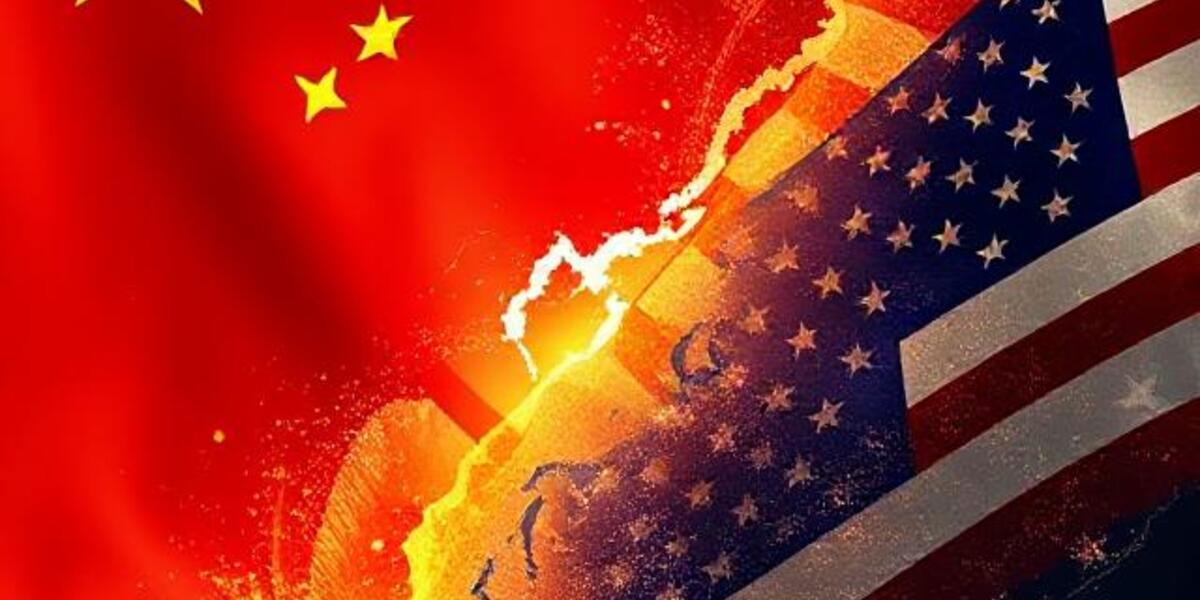The battle for supremacy between the Communist Party leadership in Beijing and President Trump’s Washington will eventually be won by the latter, Andrew Marr believes.
Hegemony
The US has long been the dominant force in politics, industry, employment, foreign policy, and equality. We follow its lead in music, fashion, cars, dining, TV, and movies due to its economic power and market size. However, this dominance appears to be shifting.
America’s fear of China
During his first term, Trump frequently focused on tariffs with China, as Robert Lighthizer, Trump’s former trade representative, discusses in his book No Trade is Free. His approach to trade negotiations with China during Trump’s first administration resulted in a more assertive stance compared to previous US administrations. He emphasises straightforward communication in trade negotiations, often addressing issues directly rather than through diplomacy.
The US is concerned about maintaining its position as a leading global power. Former President Obama attempted to establish the Trans-Pacific Partnership (TPP) and Transatlantic Trade and Investment Partnership (TTIP) agreements with Asian countries and Europe, respectively, but only succeeded with the TPP. These agreements aimed to strengthen the US trade influence worldwide and limit China’s impact. Interestingly, former President Trump later withdrew from the TPP, finding that it favoured Asian countries in trade opportunities rather than giving advantages to US companies.
Nevertheless, US rhetoric regarding China continues. Just listen to JD Vance or any member of the US administration explain how China unfairly makes sure that its own businesses are prioritised in any trading relationship. Pot calling the kettle black.
Humiliation and power
A century of global humiliation, from the Opium Wars to Japanese cruelty during WWII, underpins how China behaves today on the world stage.
China has greater purchasing power than the US: $32.8 trillion compared to $25.1 trillion when adjusted for real price levels. China has a population of 1.4 billion against the US’s 345 million. China has the biggest army, but the US has a bigger navy and air force.
Where China is way ahead of the rest of the world is in AI and battery technology. Whilst Lighthizer may rubbish China’s solar panels, CATL, the largest battery manufacturer in the world, has a failure rate of one in one billion, at least a thousand times better than in the West.
China shocked the world when DeepSeek was launched. It was faster and far cheaper to run than AI models being developed in the West. The market for chips collapsed after its launch.
Marr, writing in the New Statesman, asks who you would bet on? “The undemocratic but disciplined and long-termist Chinese leadership, which has fused Communist doctrine with surging nationalist sentiment and is able to direct strategic investment at a pace … or a US led by a volatile, publicity-addicted businessman promising to make America great again but bringing, in the short term, only inflation and job losses?”
The smart money is still on America, but China is growing ever more muscular on all fronts.
What should the UK do?
We must acknowledge China’s growing dominance and position ourselves accordingly. While the newly protectionist US may be unpredictable, they are at least the devil we know. China, on the other hand, keeps reminding us by its actions that it remains a malign force whose true intentions are never spoken openly. Recent example: British Steel. Which reminds me: claims about Chinese cars posing security concerns need investigating to avoid another Huawei situation.

